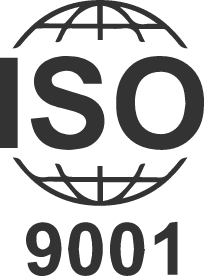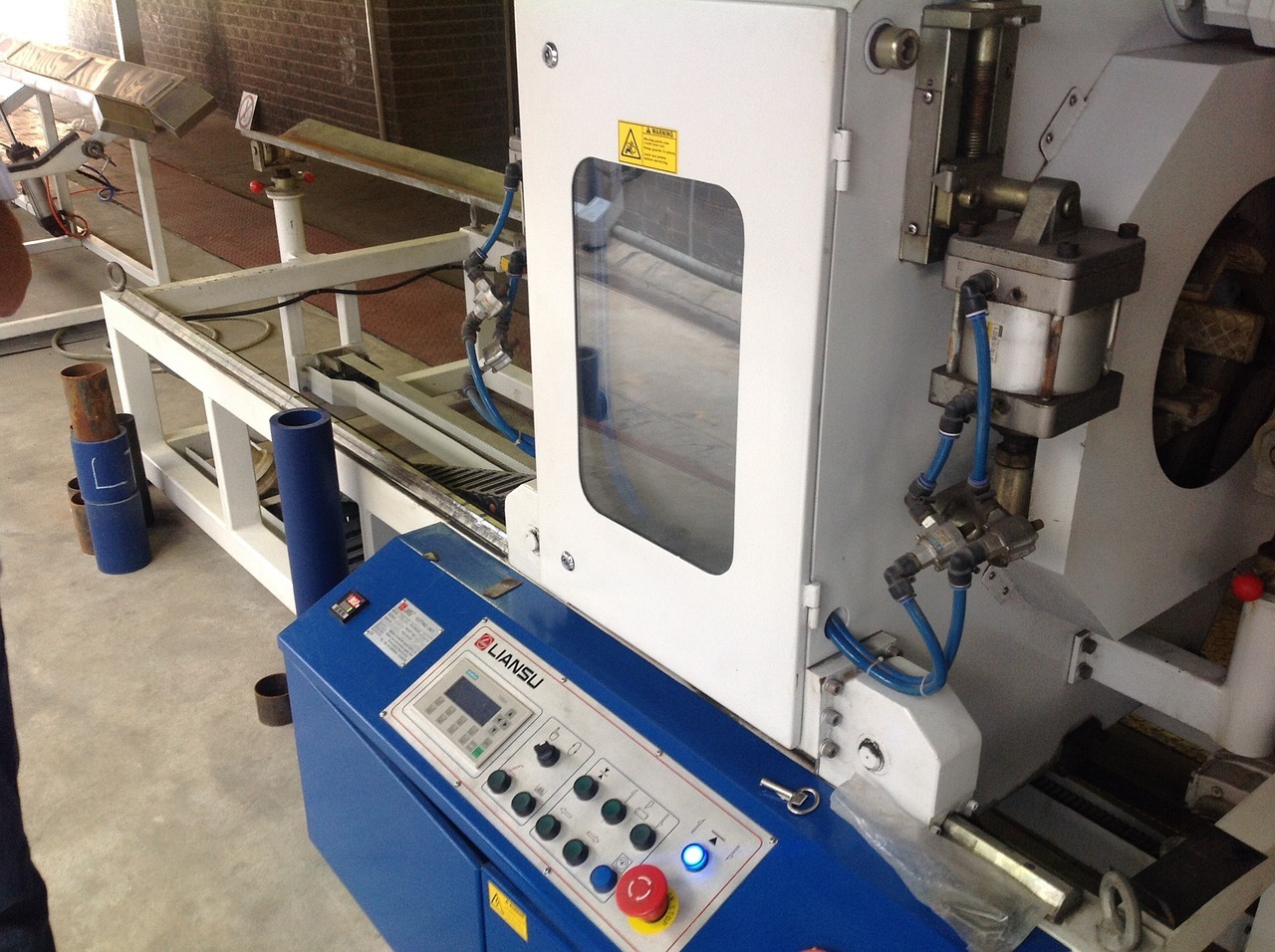In the fast-paced world of manufacturing, the ability to quickly and efficiently produce high-quality plastic components is crucial. Thermoplastic injection moulding stands out as a versatile and efficient process, especially when paired with prototype injection moulding. This combination allows manufacturers to innovate, test, and refine designs before moving into full-scale production. This blog will explore the benefits of thermoplastic injection moulding, the role of prototype injection moulding, and how efficient plastic moulding techniques can drive success in various industries.
Understanding Thermoplastic Injection Moulding
Thermoplastic injection moulding is a widely used manufacturing process where molten thermoplastic materials are injected into a mould to form a specific shape. Thermoplastics, known for their durability, flexibility, and recyclability, are ideal for producing a wide range of products—from simple household items to complex industrial components.
The Process of Thermoplastic Injection Moulding
The thermoplastic injection moulding process involves several critical stages:
- Material Selection: The process begins with selecting the appropriate thermoplastic material based on the desired properties of the final product. Common materials include polyethylene, polypropylene, ABS, and nylon, each offering different levels of strength, flexibility, and chemical resistance.
- Mould Design and Tooling: A precise mould is created based on the design specifications. The quality of the mould directly impacts the accuracy and consistency of the final product.
- Injection Moulding: Manufacturers heat thermoplastic material until molten, inject it into the mould under high pressure, and cool it to solidify before opening the mould to reveal the finished product.
- Finishing and Quality Control: After moulding, the parts may undergo additional finishing processes such as trimming, painting, or assembly. Rigorous quality control checks ensure that each part meets the required specifications.
The Role of Prototype Injection Moulding
Prototype injection moulding is an essential step in the product development process. It allows manufacturers to create and test a small batch of parts before committing to full-scale production. This is particularly useful for refining designs, identifying potential issues, and making necessary adjustments without the cost and risk associated with large production runs.
1. Speed and Flexibility Prototype injection moulding enables rapid turnaround times, allowing designers and engineers to quickly iterate on their designs. This speed is critical in industries where time-to-market is a competitive advantage.
2. Cost-Effective Testing By producing a limited number of prototypes, manufacturers can test different materials, designs, and production techniques without the expense of full-scale production. This approach helps identify the most efficient and cost-effective methods for mass production.
3. Risk Mitigation Prototype injection moulding minimises the risk of costly errors in mass production. By thoroughly testing and refining the design during the prototyping phase, manufacturers can avoid defects and production delays later in the process.
Benefits of Efficient Plastic Moulding
Efficiency in plastic moulding is not just about speed; it’s about optimising every aspect of the production process to reduce waste, minimise costs, and improve overall quality. Efficient plastic moulding techniques are essential for maintaining competitiveness in today’s manufacturing landscape.
1. Reduced Material Waste Efficient plastic moulding techniques are designed to minimise material waste. By carefully controlling the injection process and reusing excess material, manufacturers can reduce costs and contribute to more sustainable production practices.
2. Lower Production Costs Efficiency in moulding translates directly to cost savings. By optimising the production process, manufacturers can reduce cycle times, lower energy consumption, and decrease the need for rework, all of which contribute to a lower overall cost per unit.
3. Consistent Quality Efficient plastic moulding ensures that each part produced meets the required specifications, reducing the likelihood of defects and ensuring consistent quality across large production runs.
Applications of Thermoplastic and Prototype Injection Moulding
A wide range of industries use thermoplastic and prototype injection moulding to benefit from the precision, flexibility, and efficiency these processes offer.
1. Automotive Industry Thermoplastic injection moulding is widely used in the automotive industry to produce components such as dashboards, bumpers, and interior trims. Prototype injection moulding allows manufacturers to test new designs and materials, ensuring that each component meets the industry’s strict safety and performance standards.
2. Medical Devices In the medical field, the ability to quickly produce and test prototypes is crucial. Manufacturers use prototype injection moulding to develop medical devices, surgical tools, and diagnostic equipment, enabling rapid iteration and refinement before full-scale production.
3. Consumer Electronics Thermoplastic injection moulding is essential in the production of consumer electronics, where precision and durability are key. From smartphone cases to internal components, thermoplastics provide the strength and flexibility needed for modern electronic devices.
4. Packaging Efficient plastic moulding techniques are critical in the packaging industry, where high volumes of identical products are required. Manufacturers use thermoplastics to create everything from bottle caps to food containers, producing each item quickly and cost-effectively.
For businesses involved in plastic manufacturing, staying informed about industry standards and government regulations is essential. The GOV.UK – Business and Industry website provides valuable resources on business regulations, industry support, and best practices in manufacturing. This platform provides crucial resources for companies to align practices with current standards and improve operational efficiency.
Conclusion
Thermoplastic and prototype injection moulding provide manufacturers tools to produce high-quality plastic components quickly and efficiently. These processes deliver precision, flexibility, and cost-effectiveness, essential for developing new products or refining existing designs in a competitive market.
Efficient plastic moulding techniques and prototyping help manufacturers reduce waste, lower costs, and maintain consistent quality in production. Partnering with a manufacturer specialising in thermoplastic injection moulding ensures your next project meets your goals effectively.





